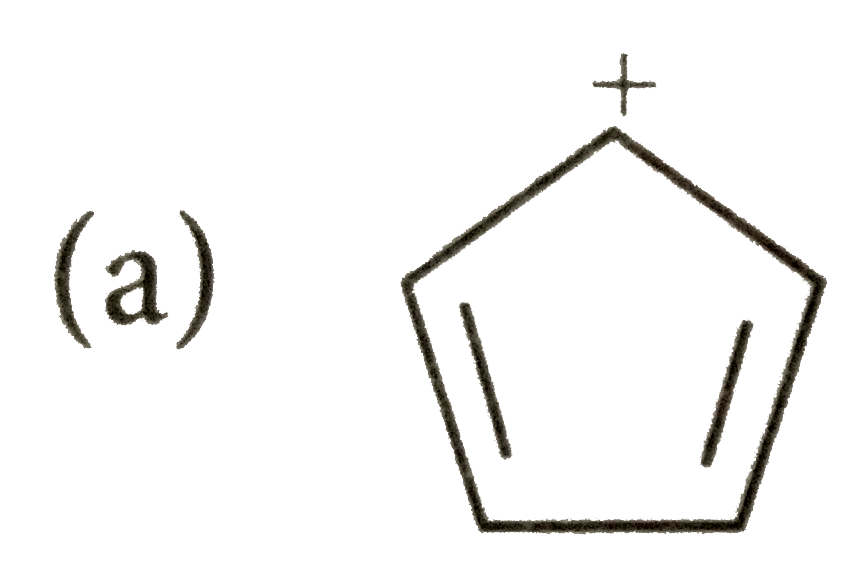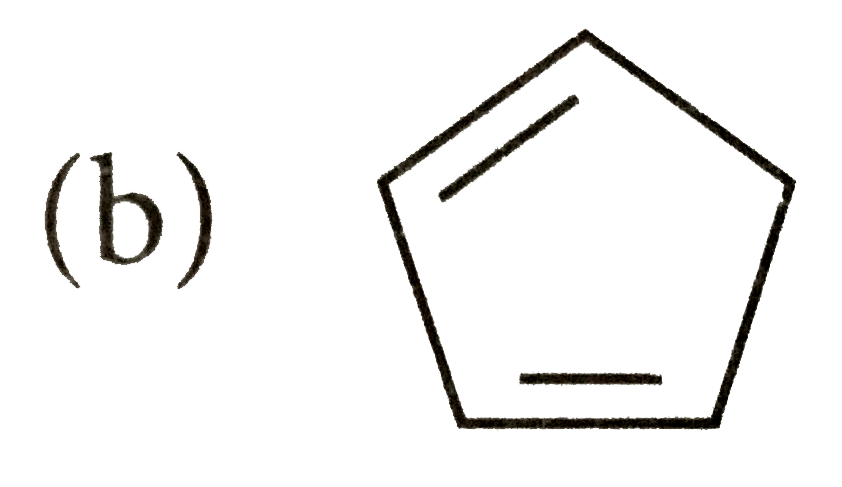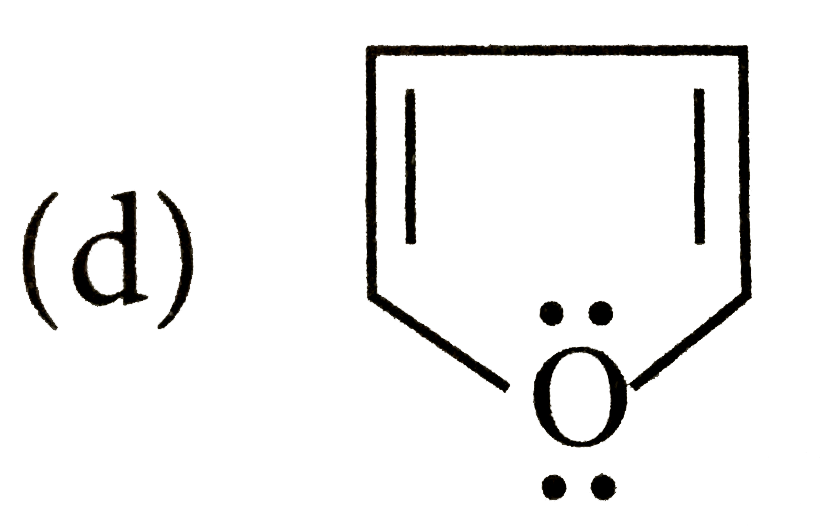Which of the following species in paramagnetic:
CN−
SnCl2
C2H2
NO2
The correct Answer is:B, D
To determine which of the following species is paramagnetic, we need to identify the presence of unpaired electrons in their electronic configurations. Paramagnetic species have one or more unpaired electrons, while diamagnetic species have all electrons paired.
1. Identify the Species: We need to analyze the electronic configurations of the given species to check for unpaired electrons. The species we will consider are:
- Cyanide (CN⁻)
- Tin(IV) chloride (SnCl₄)
- Acetylene (C₂H₂)
- Nitrogen dioxide (NO₂)
2. Cyanide (CN⁻):
- Carbon (C) has 6 electrons, and Nitrogen (N) has 7 electrons.
- The cyanide ion (CN⁻) has an additional electron due to the negative charge.
- Total electrons = 6 (C) + 7 (N) + 1 (extra electron) = 14 electrons.
- Since 14 is even, all electrons are paired. Thus, CN⁻ is diamagnetic.
3. Tin(IV) chloride (SnCl₄):
- Tin (Sn) belongs to the carbon family and has 50 electrons (electronic configuration: (Kr) 5s² 4d¹⁰).
- In SnCl₄, Sn loses 4 electrons (2 from 5s and 2 from 4d), leaving it with 4 paired electrons.
- Therefore, SnCl₄ has no unpaired electrons and is diamagnetic.
4. Acetylene (C₂H₂):
- Each carbon atom has 6 electrons, and there are 2 carbon atoms in C₂H₂.
- Total electrons = 2 × 6 (C) + 2 (H) = 14 electrons.
- The structure of C₂H₂ shows that all electrons are paired in the bonding, resulting in no unpaired electrons. Hence, C₂H₂ is diamagnetic.
5. Nitrogen dioxide (NO₂):
- Nitrogen (N) has 7 electrons, and Oxygen (O) has 8 electrons.
- Total electrons = 7 (N) + 2 × 8 (O) = 23 electrons.
- Since 23 is odd, there must be at least one unpaired electron.
- The Lewis structure of NO₂ shows that there is indeed one unpaired electron. Therefore, NO₂ is paramagnetic.
Conclusion:
Among the given species, Nitrogen dioxide (NO₂) is the only paramagnetic species due to the presence of unpaired electrons.
---
- Cyanide (CN⁻)
- Tin(IV) chloride (SnCl₄)
- Acetylene (C₂H₂)
- Nitrogen dioxide (NO₂)
- Carbon (C) has 6 electrons, and Nitrogen (N) has 7 electrons.
- The cyanide ion (CN⁻) has an additional electron due to the negative charge.
- Total electrons = 6 (C) + 7 (N) + 1 (extra electron) = 14 electrons.
- Since 14 is even, all electrons are paired. Thus, CN⁻ is diamagnetic.
- Tin (Sn) belongs to the carbon family and has 50 electrons (electronic configuration: (Kr) 5s² 4d¹⁰).
- In SnCl₄, Sn loses 4 electrons (2 from 5s and 2 from 4d), leaving it with 4 paired electrons.
- Therefore, SnCl₄ has no unpaired electrons and is diamagnetic.
- Each carbon atom has 6 electrons, and there are 2 carbon atoms in C₂H₂.
- Total electrons = 2 × 6 (C) + 2 (H) = 14 electrons.
- The structure of C₂H₂ shows that all electrons are paired in the bonding, resulting in no unpaired electrons. Hence, C₂H₂ is diamagnetic.
- Nitrogen (N) has 7 electrons, and Oxygen (O) has 8 electrons.
- Total electrons = 7 (N) + 2 × 8 (O) = 23 electrons.
- Since 23 is odd, there must be at least one unpaired electron.
- The Lewis structure of NO₂ shows that there is indeed one unpaired electron. Therefore, NO₂ is paramagnetic.
Among the given species, Nitrogen dioxide (NO₂) is the only paramagnetic species due to the presence of unpaired electrons.
Topper's Solved these Questions
- CHEMICAL BONDING (ADVANCED)BOOK - VK JAISWAL ENGLISHCHAPTER - CHEMICAL BONDING (ADVANCED)EXERCISE - MATCH THE COLUMN
21 Videos
- CHEMICAL BONDING (ADVANCED)BOOK - VK JAISWAL ENGLISHCHAPTER - CHEMICAL BONDING (ADVANCED)EXERCISE - ASSERTION-REASON TYPE QUESTIONS
57 Videos
- CHEMICAL BONDING (ADVANCED)BOOK - VK JAISWAL ENGLISHCHAPTER - CHEMICAL BONDING (ADVANCED)EXERCISE - Level 3
77 Videos
- CHEMICAL BONDING (BASIC)BOOK - VK JAISWAL ENGLISHCHAPTER - CHEMICAL BONDING (BASIC)EXERCISE - SUBJECTIVE PROBLEMS
54 Videos
Similar Questions
Knowledge Check
Which of the following species is paramagnetic in nature ?
AH2BLi2CB2DN2Which of the following species is not aromatic ?
A B
B C
C D
D
Which of the following species is aromatic?
A B
B C
C D
D
Which of the following species is paramagnetic in nature?
View SolutionWhich of the following species is not paramagnetic?
View SolutionWhich of the following species are paramagnetic?
H2,H+2andH−2
View SolutionWhich of the following species is aromatic :
View SolutionWhich of the following species will be aromatic ?
View Solution
